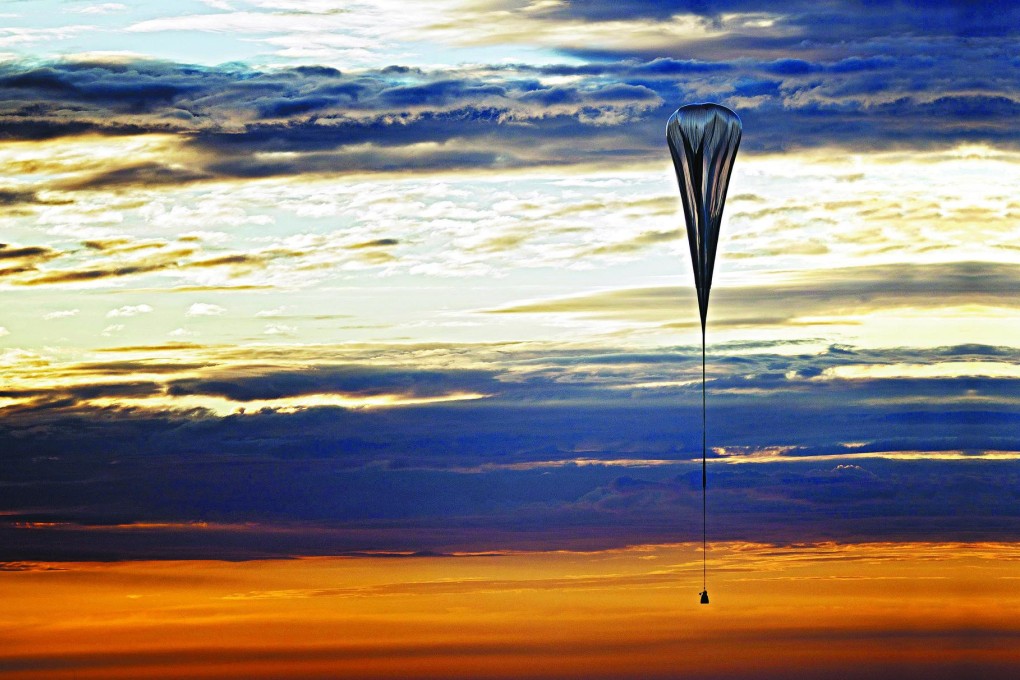The men who fall to Earth
The quest to jump from ever-higher altitudes has gripped skydivers for generations, with varying results.Craig Williams weighs the latest attempt against those of the 'supermen' of the 1960s

From his vantage point, Nick Piantanida could see a sight few people have seen. He gazed out from his open gondola at the curve of the great ball on which we live. He marvelled at the strange rings of colour running from the blue of the troposphere to the deep indigo of the stratosphere to the empty blackness of space. It was 1966 and the New Jersey native - a long-haul trucker and exotic-animal dealer by trade - hung precariously from a gigantic, incredibly fragile plastic balloon, his spacecraft nothing more than a welded aluminium cage with styrofoam walls.
He was preparing for the final act of a great drama three years in the making. He'd risen to an altitude of 37.6 kilometres in just a couple of hours, and now he was higher than any human had ever been.
He released his safety belt. He would shortly stand - gingerly, so as not to unbalance the gondola - and leap into the void. He would soar into the greatest free fall ever attempted. At 27 kilometres, he would go supersonic: the first man to exceed the speed of sound, with nothing more than gravity as a power source. Although free falls are typically measured in seconds, he would fall for some five minutes: a human meteor. With 800 metres to go, he would deploy his parachute and glide to a landing. The 33-year-old would write himself into the record books, become immortal.
That was the plan. But Piantanida had a problem: he couldn't decouple his oxygen supply from the onboard tank. He was tethered fast to his gondola on the edge of space. He shared the maddening ordeal with his ground crew by VHF radio: "Isn't this a bitch? Can't disconnect the oxygen. I don't believe it. I can't separate the hose.
"I'll try one more time," he told the team. He had practised this manoeuvre a dozen times in a decompression chamber. "What a stinking … please make it come loose!"
Finally, flight director Ed Yost made a tough decision. They would separate the balloon from the gondola by remote control and bring Piantanida down under the 15-metre cargo parachute attached to the top of the gondola. The only problem was, nobody had ever tried anything remotely like this before. Would the cargo chute open in the near-vacuum? Would the gondola start to tumble? Piantanida couldn't refasten his seat belt while wearing bulky pressure gloves; could he hang on? The project engineers were worried. "We thought he might get pumped right out of that puppy," one said.